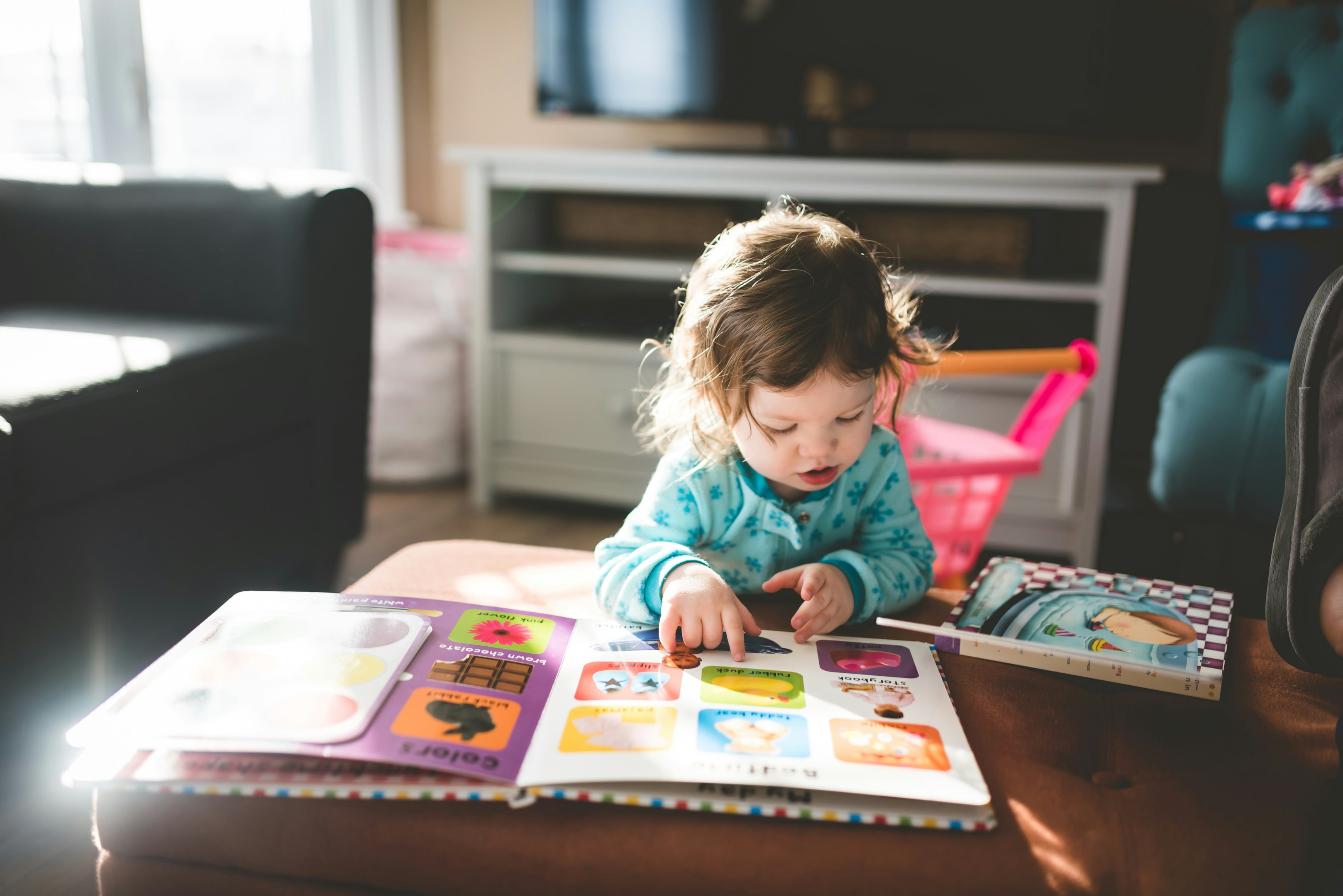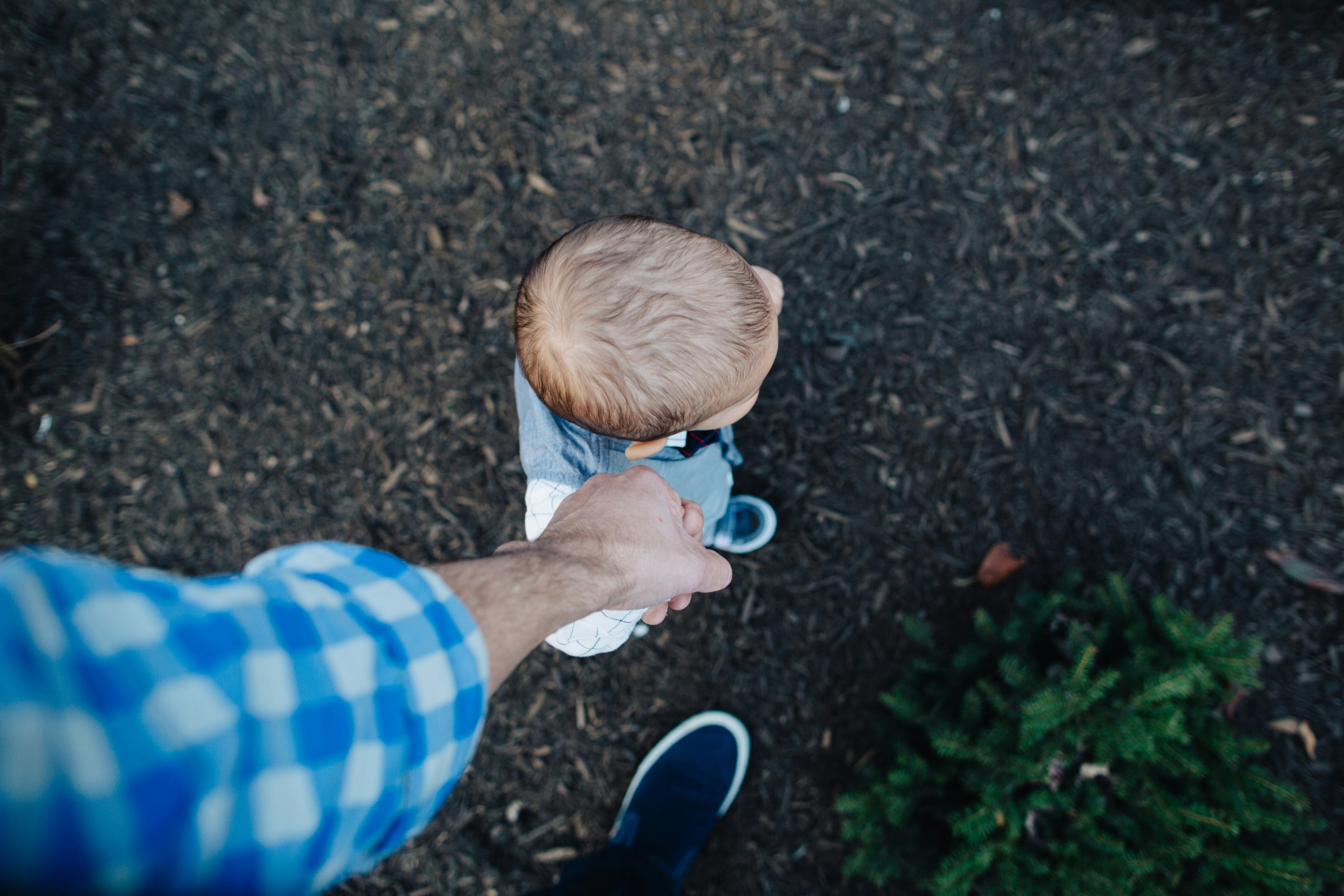Moving houses is a major milestone for any family, but when younger children, especially toddlers, are involved, it’s not just a change in location. Moving affects toddlers by disrupting their routines and triggering emotional responses, which can impact their sleep patterns and overall adjustment. It’s a full shift in their little world. A new house, new surroundings, and a disrupted routine can leave them feeling confused, clingy, or even acting out.
So, how does moving house affect a toddler? Moving house with a toddler can be a significant challenge for families. The answer depends on your child’s personality, their age, and how well the moving process is handled. In this post, we’ll break down what to expect, the emotional effects of moving on a young child, and how to make the transition smoother, for both you and your toddler.
Why Moving Is a Big Deal for Toddlers
Toddlers rely on familiar routines, spaces, and faces to feel safe. So when they suddenly go from their old house to a new environment, it’s normal for them to feel unsettled, even if the new home is bigger or more exciting. Even a baby or toddler may have difficulty adapting to a new environment, as the change can disrupt their sense of security and routine.
They don’t yet understand what moving means. To them, it’s just a sudden change in their everyday life, and that can be overwhelming, especially since toddlers are still processing the changes and may need extra support to adjust.
Emotional Effects You Might See
While some children adjust quickly, others show signs of stress in ways that may surprise you:
- Increased clinginess or thumb sucking
- Trouble sleeping in their child’s new bedroom
- Separation anxiety at a new daycare or new school
- Temper tantrums or mood swings
- Fear of being left behind during the moving day chaos
These reactions are normal, and temporary. Your job as a parent is to create a safe, loving space for them to adjust, while gently explaining the process in toddler-friendly ways to help them understand what is happening.
For example, you might explain the move to your toddler by saying, “We’re going to live in a new house, but all your favourite toys and your bed will come with us.”

How to Help Your Child Cope with the Move
1. Start Talking Early
Long before boxes show up, start talking about the move. Toddlers may not grasp the full concept, but they’ll understand that a big change is coming. Parents should prepare their toddler for the move by discussing it in advance. Use simple language like:
“We’re going to live in a new house soon, with a new room just for you!”
Read books about moving, talk about what their new bedroom might look like, and if possible, show them pictures of your new home, the new neighbourhood, or even their new daycare. Parents being involved and supportive during the preparation phase can help create a sense of security for their child.
2. Involve Them in the Process
Let them help pack their toys, choose paint colors for their room, or pick a park near your new community to explore together. Including them in the decision making process boosts their self-esteem and helps them feel part of the move. Involving your toddler in the process can also lead to a smoother transition.
3. Stick to Familiar Routines
Even during the most chaotic days, try to keep regular nap times, meals, and bedtime rituals. That sense of routine gives toddlers comfort when everything else feels unfamiliar.
Unpack their rooms first and fill them with familiar toys, blankets, and stuffed animals. This helps make their new environment feel more like home, right away.
Moving Day Strategies for a Smooth Transition
Moving day can be a whirlwind for toddlers, but a little preparation goes a long way in making the process less stressful for your child and your family. Start by preparing your toddler for the moving process, talk about what will happen, and let them make small choices, like which favourite toy to keep close. Keeping familiar routines, such as regular mealtimes and naps, helps your child feel secure even as boxes pile up around them.
On moving day, try to keep your child’s routines as normal as possible. If you can, set up a quiet space with their favorite books or toys where they can retreat from the hustle and bustle. Having a first aid kit handy is always a good idea, just in case of any bumps or scrapes during the process. If possible, enlist the help of professional movers who understand the unique challenges families face, this allows you to focus on your child’s needs and provide extra comfort when things get overwhelming. By preparing ahead and involving your child in the decision making process, you’ll help them feel included and make the moving day experience a little smoother for everyone.
Helping Toddlers Adjust in the First Few Days
The first few days in a new town or new house can feel disorienting. After your family has moved, routines and comfort items become even more important for your toddler’s sense of security. Offer extra attention, patience, and reassurance. Here’s how:
- Revisit your regular routine ASAP
- Take breaks from unpacking to play or cuddle
- Explore your new neighbourhood together (even better if there’s a nearby park)
- Schedule a visit to their new daycare or new schools before they start
- Encourage connections with new peers or help them meet new friends nearby
Teenagers may experience moving differently than toddlers, often facing unique social and emotional challenges as they adjust to new environments and schools.
Don’t forget a first aid kit (for bumps and scrapes) and comfort items on moving day, especially during long distance moves where everything is new at once, and your family’s support is crucial in helping your toddler adjust.

Community Integration: Helping Your Toddler Feel at Home
Settling into a new community is crucial for helping your toddler feel comfortable and excited about their new surroundings. Start by exploring your new neighbourhood together, take walks, visit local parks, and point out interesting places. These outings help your child become familiar with their new environment and can spark curiosity and positive associations with the move.
Encourage your toddler to meet new friends by joining local playgroups, toddler classes, or community events. These activities not only help your child build relationships with new peers but also give you a chance to connect with other families. Building friendships within your new community can make your child feel supported and give them a sense of belonging. The more you help your child engage with their new surroundings, the more likely they are to feel at home and embrace this big change with excitement.
Long Distance Moves: Special Considerations for Toddlers
Long distance moves can be especially challenging for toddlers, as they often mean leaving behind familiar faces and routines. To help your child adjust to a new environment, start preparing them early by explaining why you’re moving and what to expect. Use simple language and reassure them that the whole family will be together in the new home.
Keep in touch with old friends and family through video calls or messages, so your child maintains those important connections. Be prepared for emotional effects like anxiety or temper tantrums, these are normal reactions to such a big change. Offer extra attention and comfort, and watch for signs that your child may be feeling overwhelmed. By acknowledging their emotions and providing reassurance, you can help your toddler process the move and adapt to their new surroundings, even when the distance feels daunting.
Building New Relationships and Friendships
Making new friends is a big part of helping your toddler settle into their new environment. As part of the moving process, look for opportunities to introduce your child to new peers, whether it’s at a new daycare, preschool, or community event. Enrolling your child in a new daycare or playgroup can provide a structured way for them to meet other children and start building friendships.
Arrange playdates with other families in your neighborhood to help your child feel included and develop a sense of belonging. Remember, it’s normal for young children to feel shy or anxious at first, so be patient and supportive as they adjust. Encourage your child to share their feelings and celebrate small steps, like saying hello to a new friend or joining in a group activity. With your guidance and encouragement, your toddler will gradually build new relationships and thrive in their new community.
TL;DR
- How does moving houses affect a toddler? It can bring anxiety, clinginess, or acting out, because young children rely on routine and familiar surroundings
- Expect emotional effects like temper tantrums, sleep issues, or attachment behaviors
- Ease the transition by starting early, talking about the move, and involving your child in the process
- Unpack their child’s room first, re-establish routines, and explore the new surroundings together
- Stay patient. With your support, toddlers can adapt quickly and even experience positive effects from the move, like building resilience and making new friends
Final Thoughts
Moving can feel like a stressful event, but for a toddler, it’s also a powerful learning experience. With structure, love, and communication, your child’s experience can shift from fearful to exciting. You’re not just moving into a new house, you’re helping your family grow into a new community together.
At Action Moving & Storage, we’re here to help families like yours move with confidence. From managing the moving day chaos to helping you plan around your kids, we’ll make the process easier, so you can focus on what matters most.
Need help planning a family-friendly move? Get a free quote today and let’s take the stress out of the journey, one room at a time.
— Action Moving and Storage, Edmonton Movers